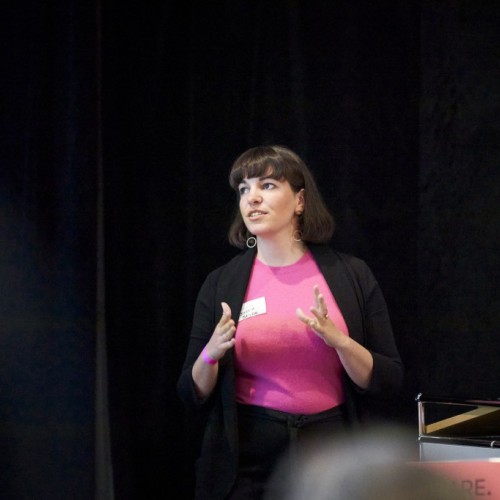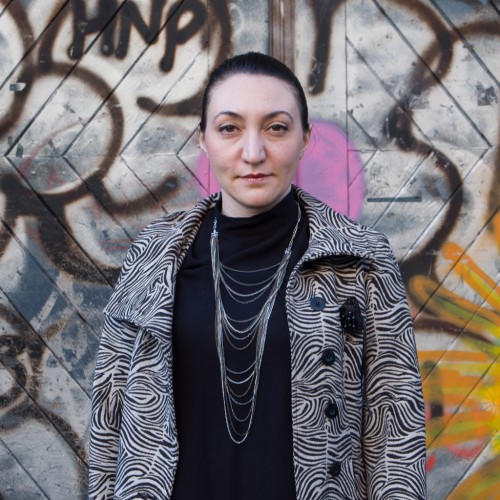re:publica 24
27.-29. Mai 2024
STATION Berlin
Even if the arts like to see themselves as particularly avant-garde, the structures of the art sector reflect a very different picture - namely one in which the gender pay gap of around 30% is above the national average of 18%, and in which works by white men still dominate the exhibition halls (the proportion of works by female artists in the collection of the Alte Nationalgalerie in Berlin is 1.5%). In the spirit of curatorial activism, Sascia Bailer argues in favor of bringing the invisible structures of the art sector to the fore, as these define who is included, who is allowed to be visible - and who is not. She explores the question of what conditions need to be created in order to allow a variety of artists, staff and audiences with caring responsibilities to be present in the arts. Illustrated with practical examples, Sascia Bailer presents the "Caring Infrastructures" method she has developed, which is intended to guide cultural professionals to transform the (infra-)structures of the cultural sector step by step according to the principles of feminist care ethics.



